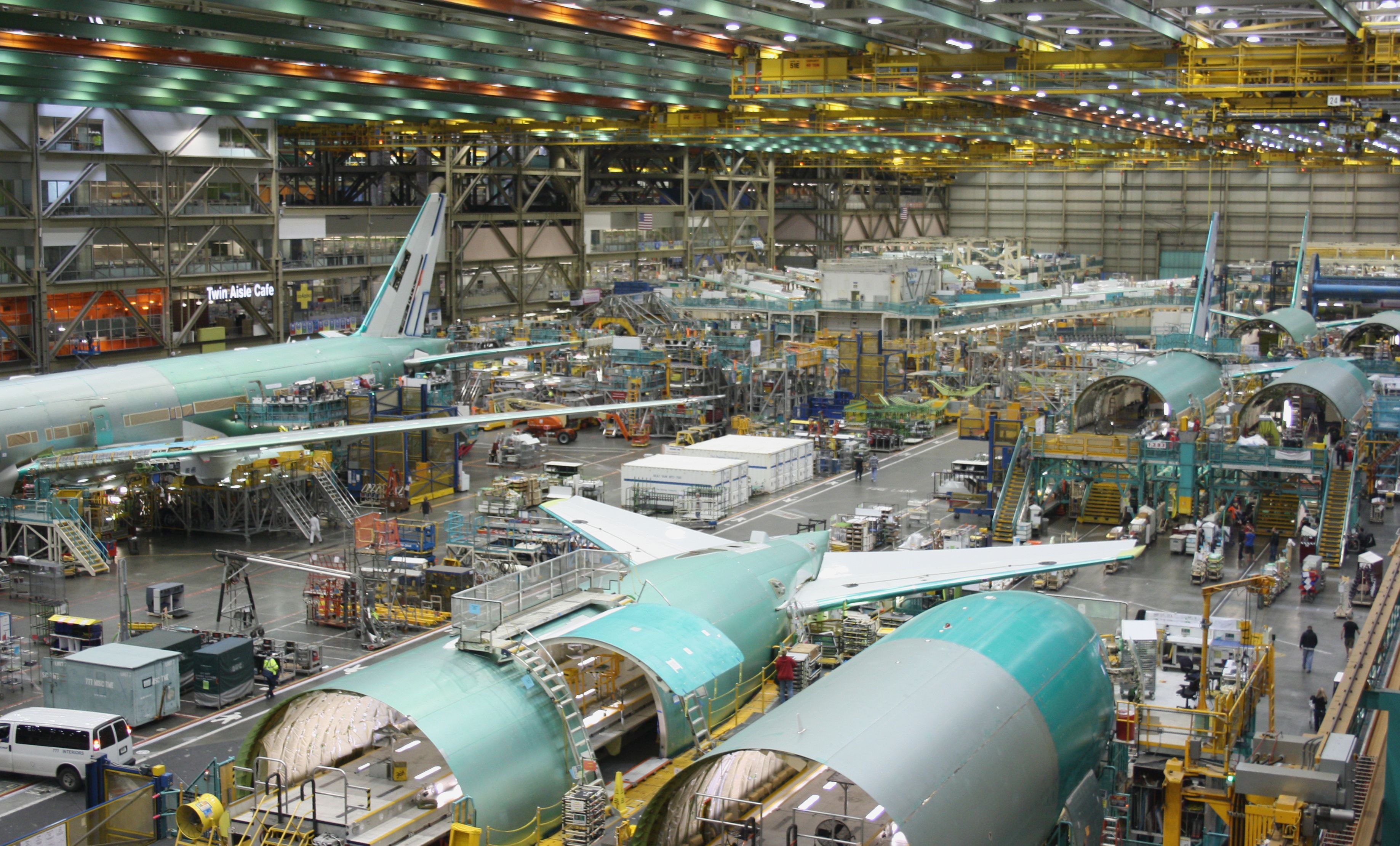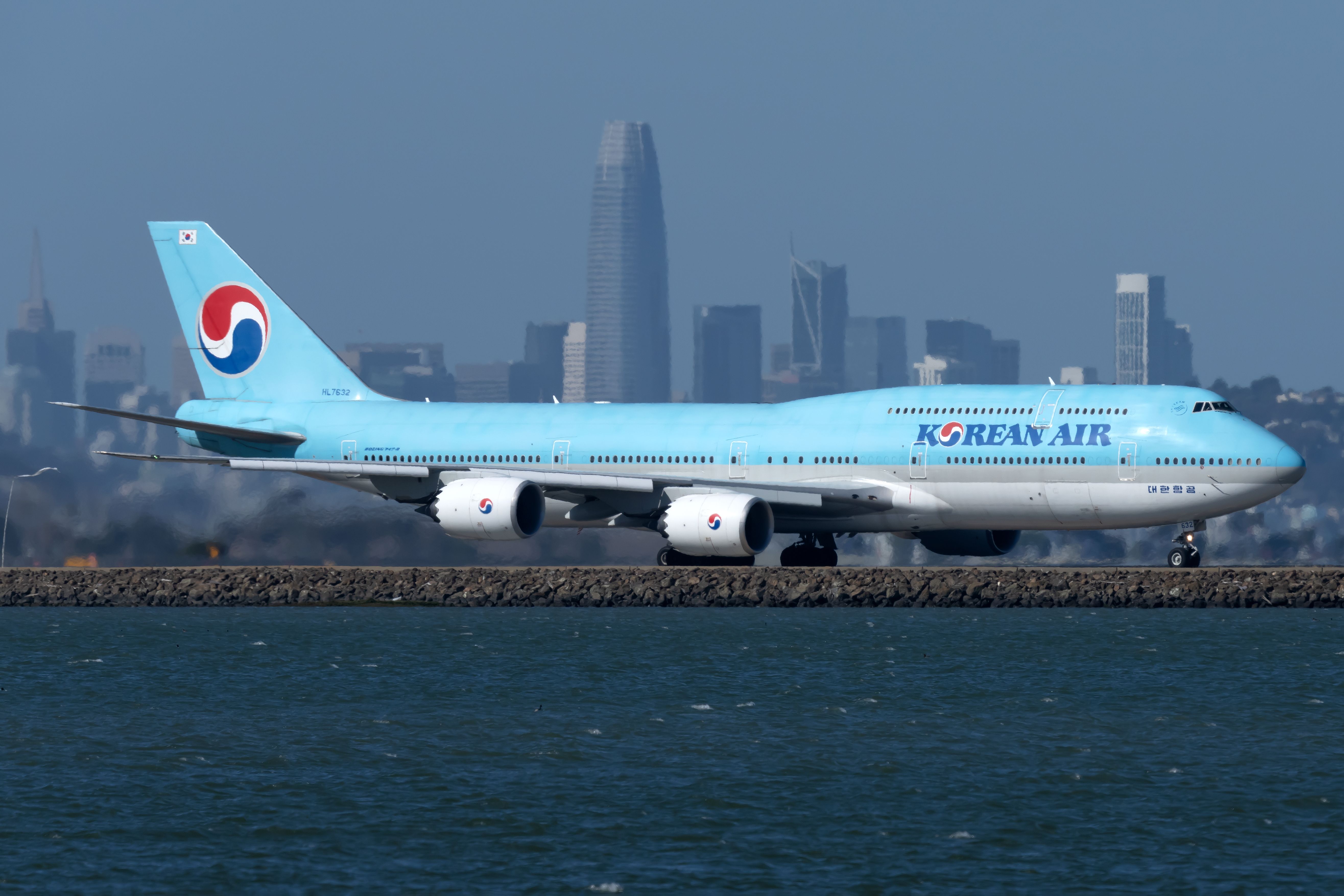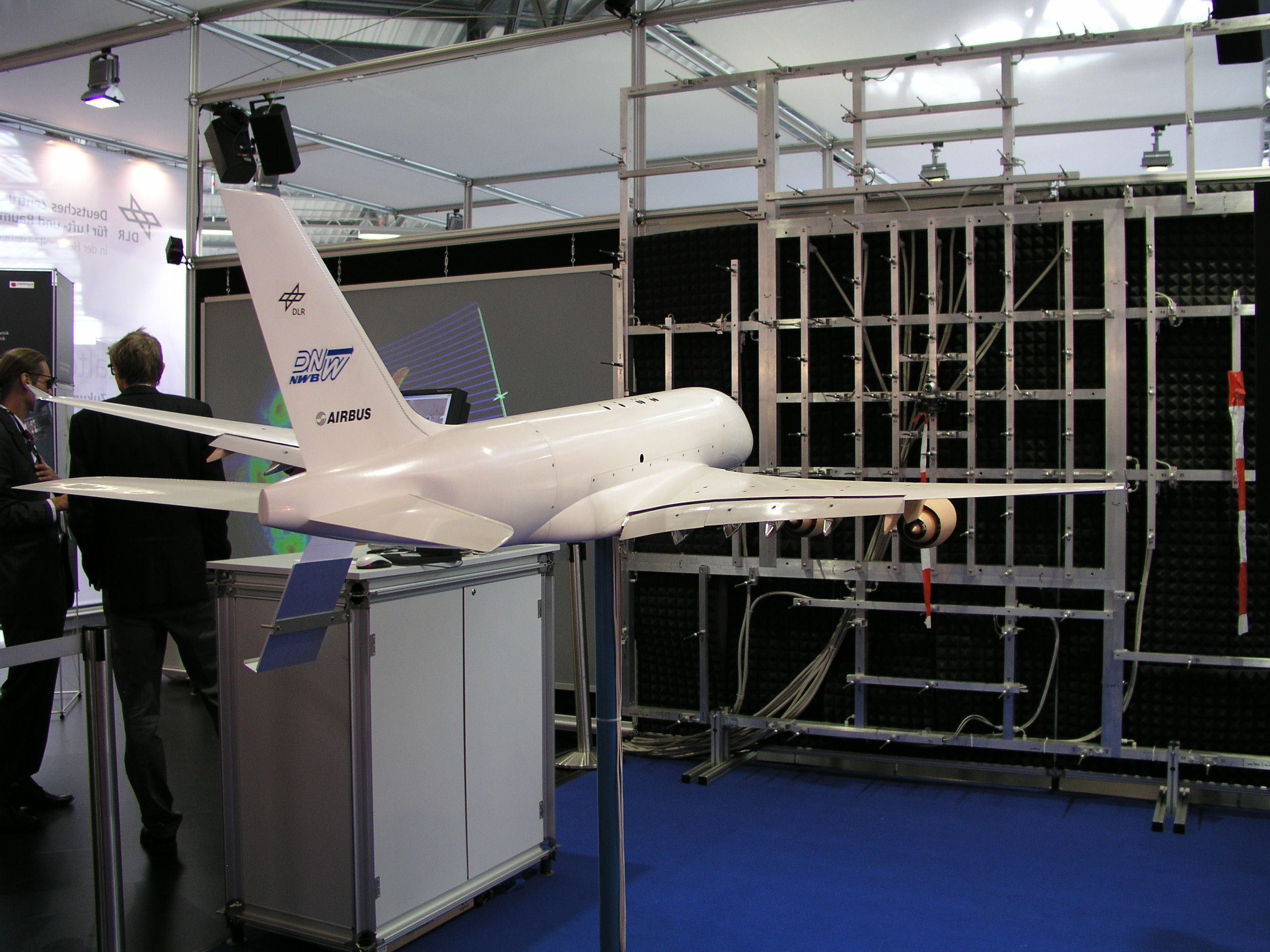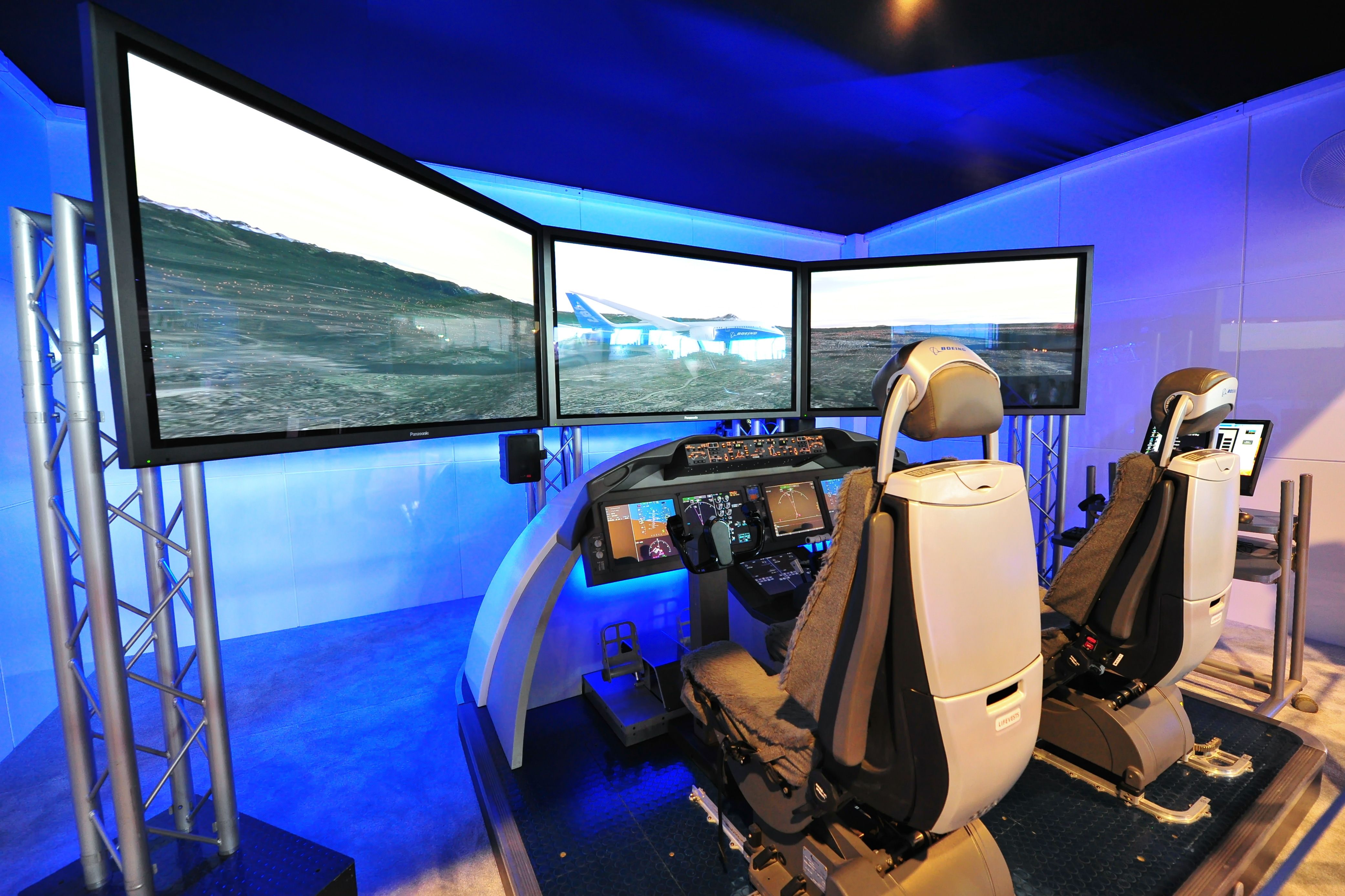The aircraft development process is complex, costly, and lengthy. Developing a commercial jetliner cost billions of dollars and can take nearly a decade. Despite the complexity of developing a new aircraft, more aeronautical projects are developing than ever.
While manufacturing giants like Boeing and Airbus continue to test future design concepts, others focus on developing electric, hydrogen-powered, and hybrid aircraft.
Design phases
The design consists of three phases: conceptual, preliminary, and detailed. Conceptual design is the first phase of the aircraft design, where a conceptual sketch of the aircraft is laid out based on the mission requirements.
Mission requirements comprise the purpose of the aircraft (transport, combat, or sport) along with its constraint. Such information is generally found in the request for proposal before the first iteration of the aircraft design.
Conceptual design
During the conceptual design phase, sketches with various possible configurations of the aircraft are created. While sketches may differ in the size and location of major components, all must meet the operational requirements set for the aircraft.
The conceptual design considers aircraft aerodynamics, propulsion systems, performance constraints, structure, and control systems. The shape of the aircraft and the location of major components, such as wings, stabilizers, and power plants, are determined. The final conceptual layout includes all major aircraft components and is laid out on paper or created with the help of design software.
Preliminary design
In the preliminary design phase, the conceptual design is optimized to fit into the necessary parameters set for the aircraft. It is common to have one or more aircraft components tweaked or remodeled during this phase.
The optimized design is rendered using computer software before the computational analysis begins. Structural, control, and fluid flow analysis are usually performed using computational data. Individual design components may go through wind tunnel testing to achieve an optimized design.
Similarly, more-realistic flow analysis may also be performed in the wind tunnel. Structural uncertainties are managed in this phase of the design. Moreover, aerodynamic instabilities associated with individual components or the complete design are corrected. The most optimized design that fits all the aircraft’s requirements is selected, while nonviable designs or configurations are opted out.
Get the latest aviation news straight to your inbox: Sign up for our newsletters today.
Detailed design
In the detailed design phase, the fabrication aspects of the design are finalized. For example, the number of spars, rubs, and sections within the wing is designed and tested. Similarly, the type of high-lifting devices, such as slats and flaps, are determined. Each component must be tested as part of an operational aircraft, and all structural components must work harmoniously.
Full-Flight simulators are used to test detailed design to ensure it functions as intended. Flight dynamics and controls are also tested in the simulators. It is noteworthy that the official launch of the aircraft may occur sometime during the design phase.
While manufacturers work closely with their most-valued prospective customers during the design phase, the official launch is performed to achieve an industry-wide buv-in.
What do you think about the various phases of aircraft design? Tell us in the comment section.




